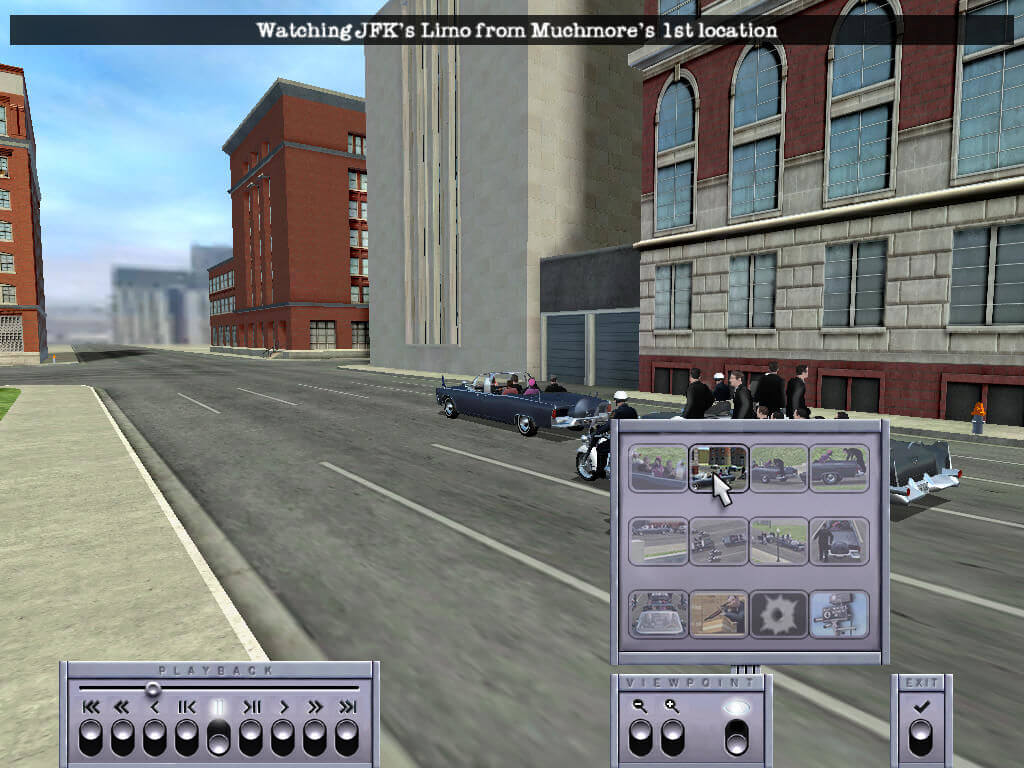


He was not overly concerned with the graphical representation of the past (period-correct clothing and architecture) but rather with the ways that the rule-sets of the games allowed for different understandings of history itself to be represented. This kind of writing is alien to how we normally teach our students to write for it explicitly demands that the “writer” think about how the “reader” will make the story in the process of “reading.” In 2005, William Urrichio pointed out the ways that video games represented history.

Think about a small child who is playing with a Lego playset, and the stories the child tells as she plays: that’s emergent engagement. The students’ tasks explicitly included writing one’s own algorithms to generate particular kinds of emergent engagement with historical materials. Or more accurately, about learning to write history-through-algorithms. In this essay, I recount a pedagogical experience with 60 undergraduate history majors at Carleton University where students learned to write for the web and learned how the web is written, including how algorithms (sets of rules) create the content and the experiences that we have online. The Wizard of Oz, on the other hand, said, “Pay no attention to that man behind the curtain!” Maybe it’s like the magic that the Wizard of Oz practices. Unless you can build the algorithms that populate your browser with content, the web and associated technologies are again: magic. Unless you can build and program an iPad from scratch, it is magic. Clarke said, “any sufficiently advanced technology is indistinguishable from magic”. The phrase has outlived whatever usefulness it may have had due to magic.Īrthur C. Let us dispense with the idea that there are such things as “digital natives”. Writing History Through Video Games Shawn Graham


 0 kommentar(er)
0 kommentar(er)
